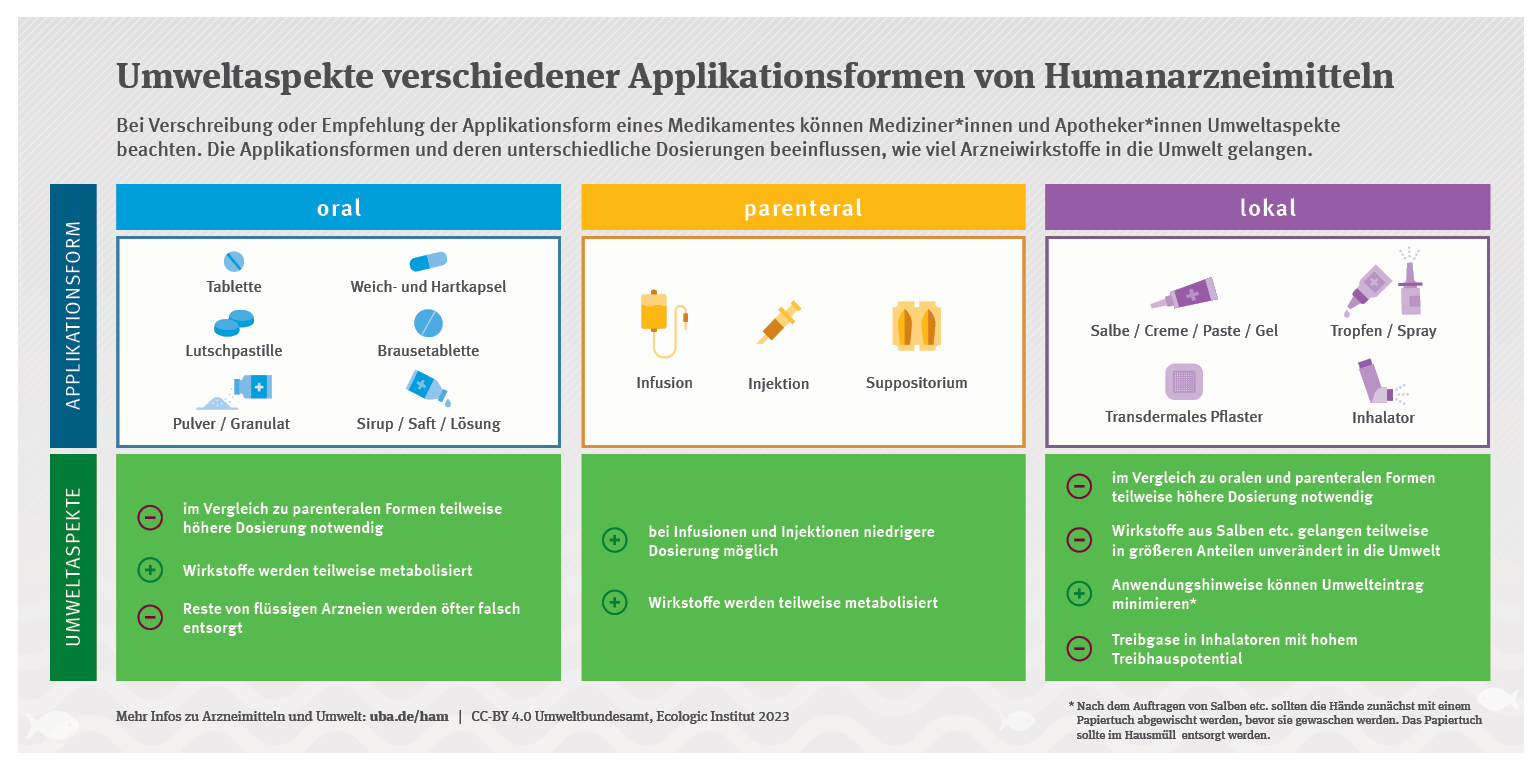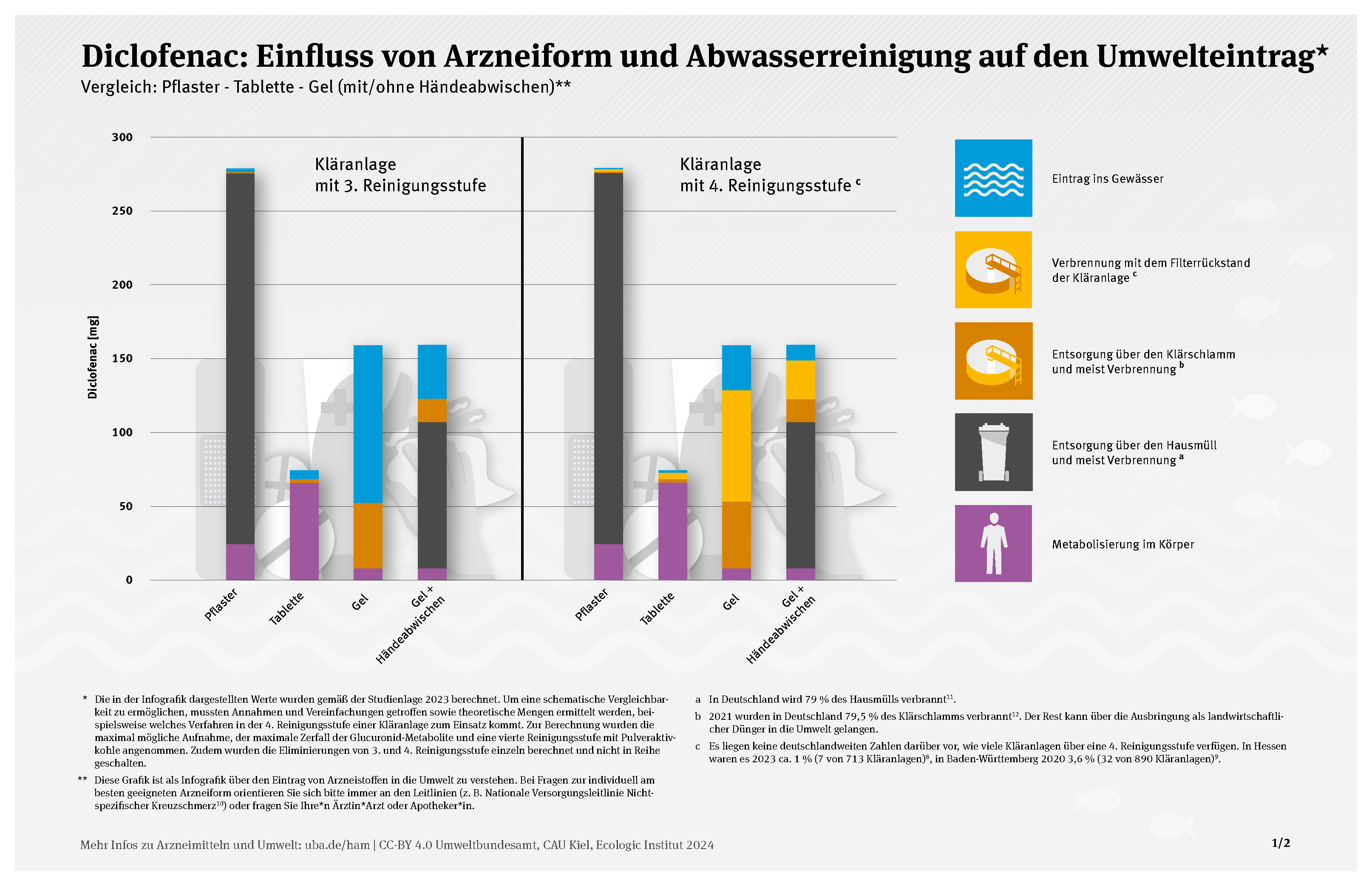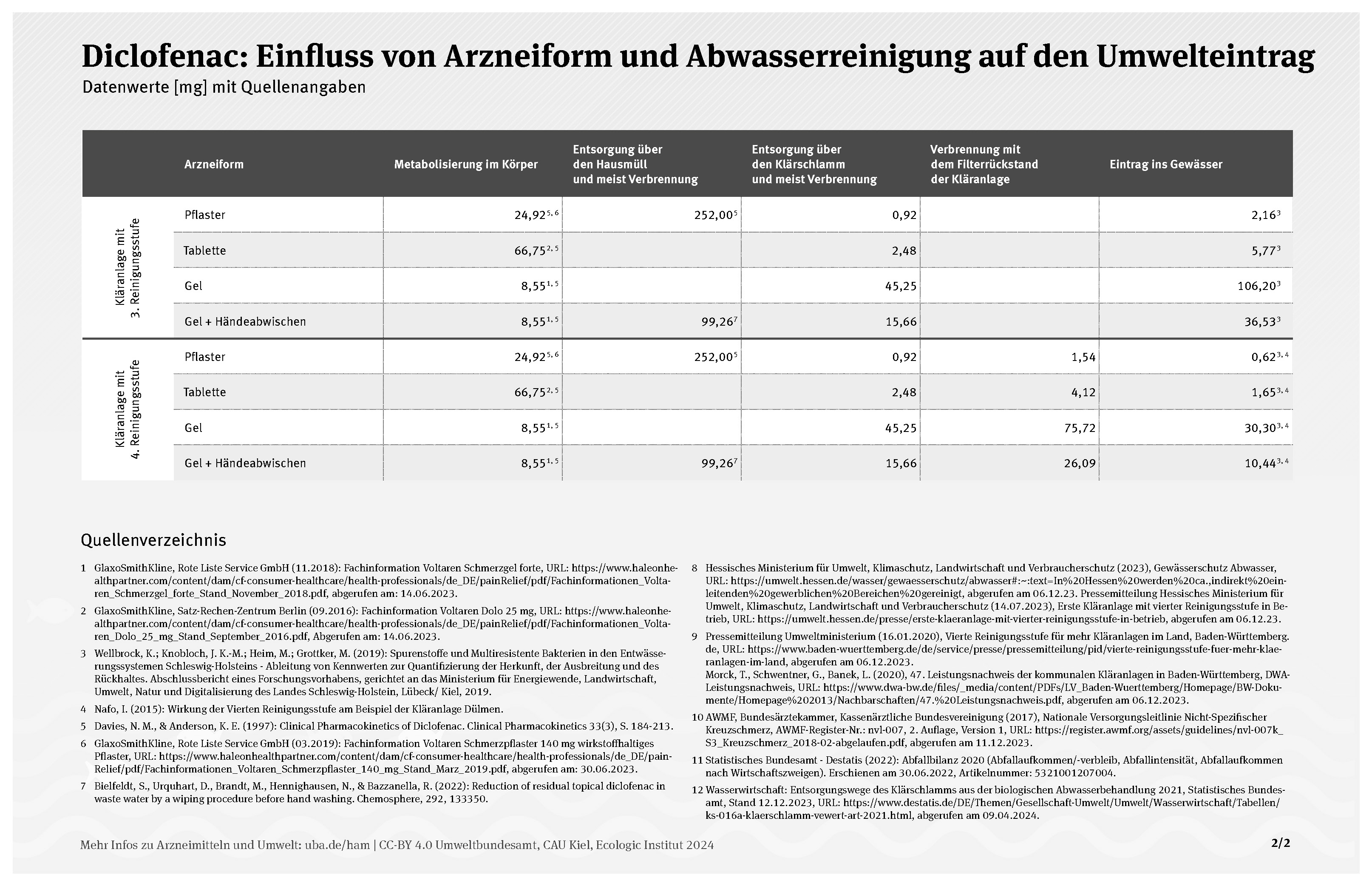The dispensing of medicines through pharmacies plays a crucial role not only in healthcare but also in environmental impact management. Pharmacists can integrate ecological considerations into guideline-based counselling to help reduce the entry of pharmaceuticals into the environment. Through targeted measures, pharmacies can contribute to environmental protection while maintaining high-quality patient care.
Further information:
The suggestions outlined here can serve as a guideline for systematically integrating environmental considerations into everyday pharmacy practice while ensuring the best possible patient care. By incorporating environmental aspects into general counselling, pharmacists can take on a pioneering role in environmentally conscious healthcare and make a valuable contribution to protecting our environment.
Recommending preventive and non-medication measures: a proactive approach
The most effective way to prevent pharmaceutical substances from entering the environment is by reducing medication consumption. Pharmacies serve as a trusted point of contact for many people seeking advice on health issues.
During consultations with patients, pharmacists can recommend preventive measures to strengthen bodily systems, such as the cardiovascular and immune systems, through lifestyle changes, dietary adjustments, or quitting smoking.
Patients can also be encouraged to consider non-medicinal treatment approaches, such as physiotherapy, or to try home remedies for mild ailments, including bed rest, herbal tea, or hot water bottles, before resorting to medication.
Medication analysis and deprescribing
Medication management can be particularly beneficial for older patients and those with chronic illnesses, helping to reduce medication intake. Pharmacy professionals can offer medication reviews to ensure the correct use of medicines and to prevent serious side effects, unwanted drug interactions, duplicate prescriptions, and the use of potentially inappropriate or unnecessary medications.
Following consultation with the prescribing doctor, the medication regimen can be optimised, and a deprescribing process can be initiated where appropriate. Since 2022, medication reviews are being reimbursed as a pharmacy counselling service.
Collaboration with senior care facilities could significantly reduce overall medication consumption. Pharmacists are often highly trusted by patients, and this social trust can help prioritise patient needs. Through joint problem analysis, medication use can potentially be reduced, improving both health outcomes and environmental sustainability.
Recommending environmentally friendly pharmaceuticals and methods of administration
Pharmacists stand out for their pharmacological and pharmaceutical-technological expertise. For environmental protection, it is crucial that they apply this knowledge in collaboration with the medical profession.
For example, it would be beneficial if pharmacists could, when possible, offer advice on environmentally friendlier pharmaceuticals when dispensing over-the-counter medicines. Some products may be more readily biodegradable in sewage treatment plants and the environment or have a lower toxic potential.
A publicly accessible environmental information and classification system for pharmaceutical substances would be helpful in this regard. In Sweden, the Janusinfo portal (in English) serves this purpose. This database helps identify more environmentally friendly pharmaceutical alternatives and provides information on the environmental impact of specific pharmaceutical substances.
Currently, Germany lacks such a database. But in a recent project the feasibility analysis for the implementation of an environmental information and classification system in Germany („Arzneimittelindex Umwelt“) was investigated. However, environmental risk assessments can be found in the professional drug information available through pharmacy software. Sections 5.3 (Preclinical Safety Data) and 6.6 (Disposal Information) indicate whether a pharmaceutical substance has been classified as environmentally harmful.
Additionally, the choice of application form can significantly influence environmental pollution. Pharmacists can recommend alternative dosage forms that reduce the amount of active substances released into the environment. For instance, medicated patches instead of creams or ointments, or oral rather than topical formulations, may offer a more environmentally friendly option.
Further information: Prescribing Drugs: Environmental aspects
Promoting collaboration and dialogue within the medical and pharmaceutical community is crucial for fostering a shared environmental awareness. Pharmacists should actively engage in discussions about the environmental impact of prescribed pharmaceutical substances, application forms, and packaging sizes. Exchanging experiences can help identify best practices and develop sustainable solutions together, ensuring that environmental considerations become an integral part of pharmaceutical care.

Umweltaspekte verschiedener Applikationsformen von Humanarzneimitteln
Die Applikationsformen und deren unterschiedliche Dosierungen beeinflussen, wie viel Arzneiwirkstoff in die Umwelt gelangen.
Source: Ecologic Institut 2024 / Umweltbundesamt

Diclofenac: Einfluss von Arzneiform und Abwasserreinigung auf den Umwelteintrag – 1/2
Vergleich: Pflaster – Tablette – Gel (mit/ohne Händeabwischen)
Source: Ecologic Institut 2024 / Umweltbundesamt

Diclofenac: Einfluss von Arzneiform und Abwasserreinigung auf den Umwelteintrag – 2/2
Datenwerte [mg] mit Quellenangaben
Source: Ecologic Institut 2024 / Umweltbundesamt
Information and awareness raising about environmental impacts
Informing patients about the environmental impact of pharmaceutical substances is a key aspect of environmental protection in pharmacies. Well-informed patients are more likely to take active steps to reduce their environmental footprint. Key topics for environmental education include the proper use of medicines to minimise unnecessary environmental exposure, and adherence to recommended dosages and treatment durations, especially for over-the-counter medications, to prevent unnecessary pharmaceutical residues entering the environment.
Further information: Environmentally conscious use of medications
Additionally, raising awareness about the environmentally responsible disposal of expired or unused medicines is essential. To reduce pharmaceutical waste at home, it is also important to recommend appropriate pack sizes and discourage stockpiling medicines beyond a reasonable amount. The UBA has developed various information materials to inform patients about the proper disposal of leftover medicines. Pharmacies can use these resources to enhance public awareness and encourage responsible medication management.
Further information:





